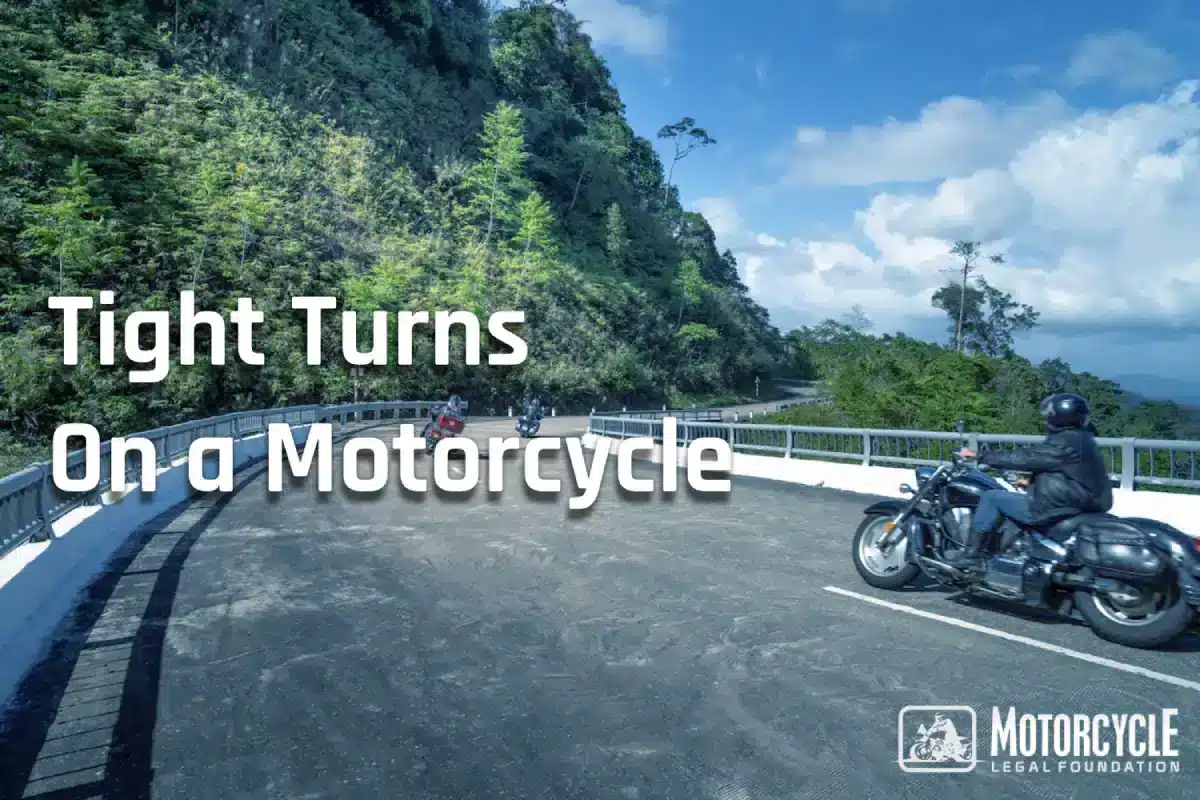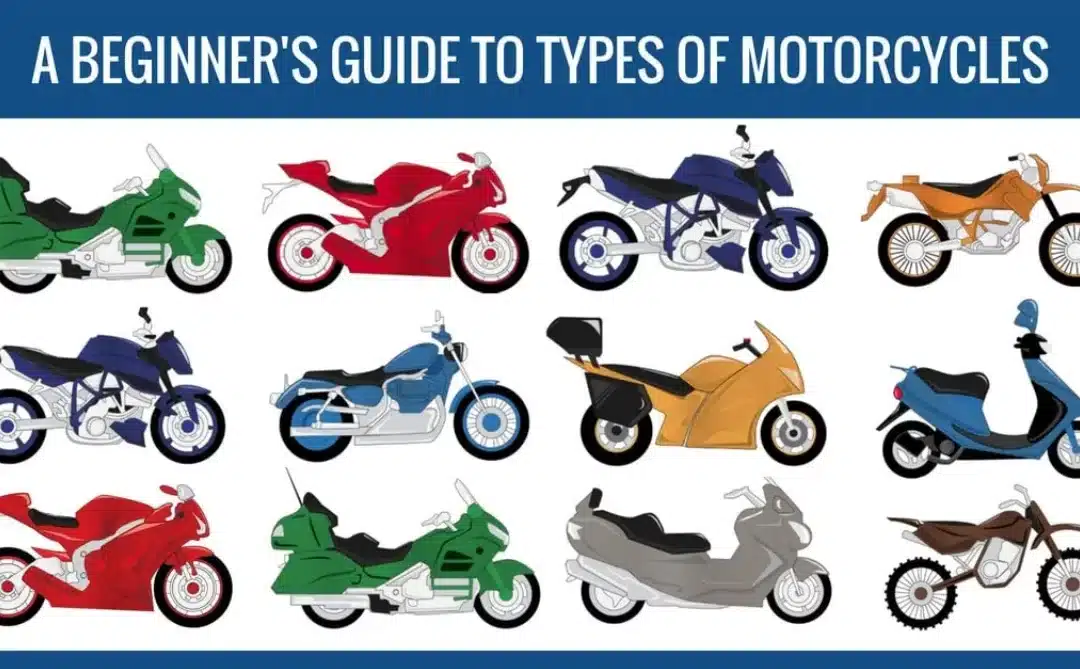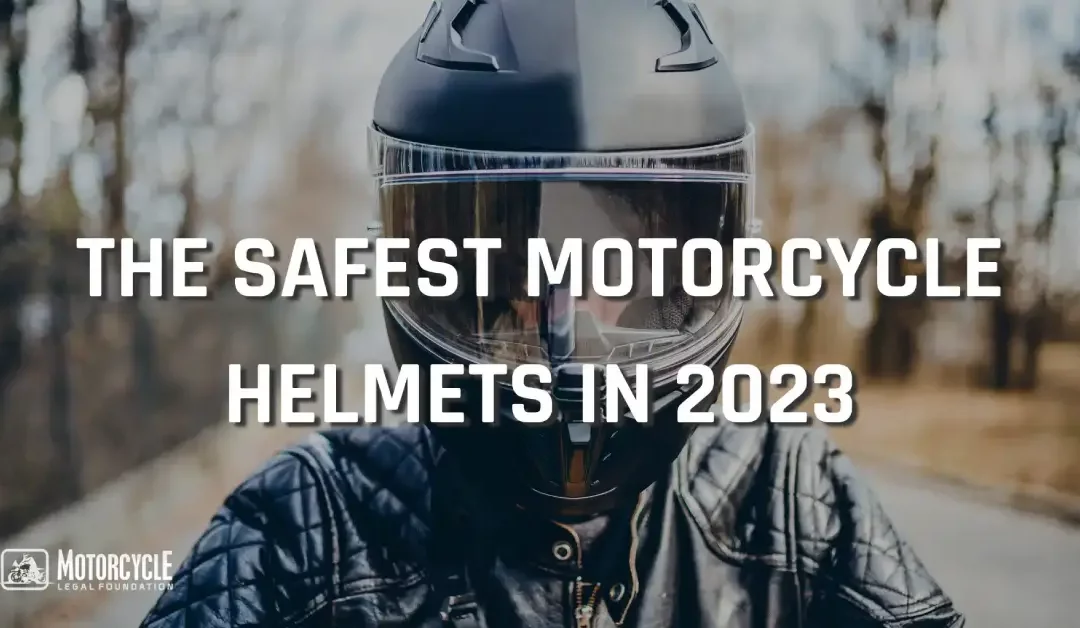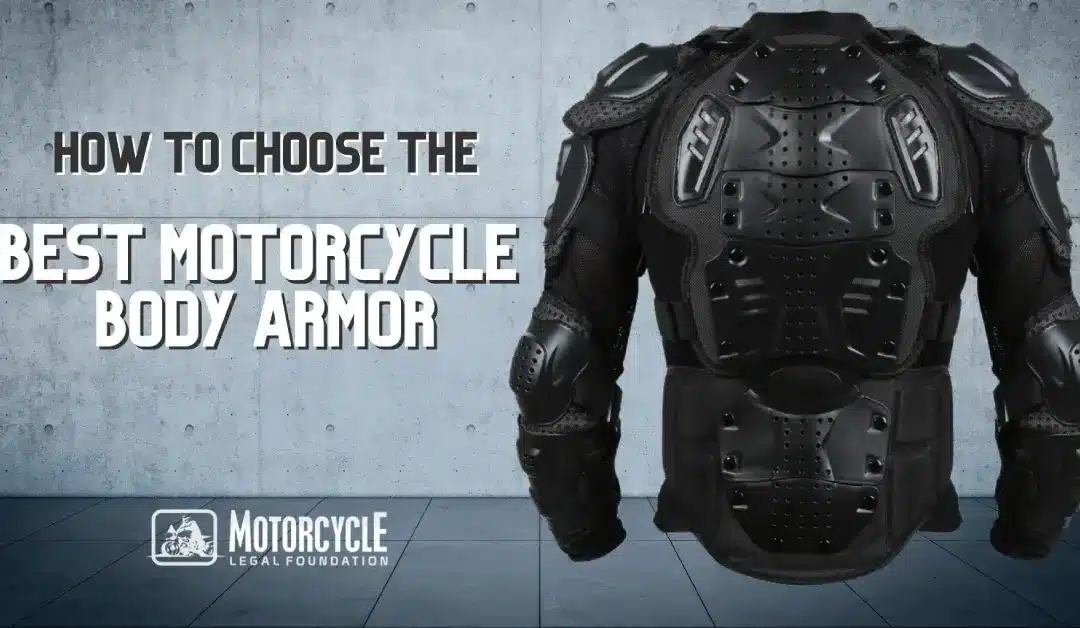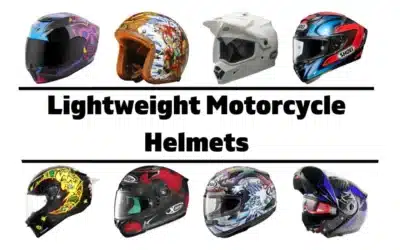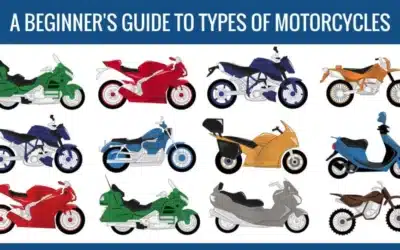A few years ago, I had my mind blown by a two-day private police motorcycle course with a great instructor. It really opened my eyes, and I came away with an appreciation for a part of my riding that I had ignored – low-speed maneuvers. Jerry, the Motorman Palladino, makes a business out of teaching the police techniques that make motorcycle cops so comfortable with the low-speed stuff. By low speed, I mean walking speed. By maneuvers, I mean stuff like pulling away from a curb while making a u-turn and doing a u-turn within two parking spots in a lot.

If I’ve lost your interest already, good luck making a u-turn on a narrow country road or doing your role in a group ride that needs to do something in a parking lot. Personally, I find it embarrassing to have to paddle around, and I just prefer to choose to ride my way into and out of tight spots in parking lots and other low-speed venues.
Once you master pulling from a curb into a u-turn and making tight, low-speed turns, it is always a satisfying experience. Confidence in controlling your motorcycle is always an up, just as lack of confidence is always unsettling.
The Friction Zone
The key to doing this is what Palladino calls the use of “the friction zone”. The basic idea is that, at low speeds, you use the clutch to modulate forward motion, NOT the throttle (although there are times when you can also use the throttle to your advantage).
In the course, they had cloverleaf tight u-turns and other setups to challenge the rider. The instructor was fantastic at spotting my weaknesses and creating situations that could not be mastered without improving in the areas that needed areas. My personal challenge was making either a left or right turn at full lock from a stop on command. (The instructor would say “right” or “left” at the last moment).
The reason I had trouble with this is simply that I did not have enough really low-speed saddle time to develop a subtle clutch hand. I noticed that few online “how to u-turn a motorcycle” videos sufficiently emphasized using the clutch for speed control.
WHAT ARE THE RISKS OF A TIGHT U-TURN?
It’s perilous enough to make a rapid turn on the road with your motorcycle. It’s dangerous to make the same maneuver with a vehicle that may effectively block many lanes, like a truck. It’s a maneuver that no approaching motorist can fairly expect, leaving you with few alternatives if someone comes up behind you. The maneuver becomes much more perilous when high speeds, darkness, rain, snow, fog, road slopes, or bends are added to the equation.
The basic line is that when drivers perform a U-turn, they increase their chances of being involved in a serious collision. They frequently have to slow down in the inner passing (fast) lane, obstructing most or all opposing lanes in the process. U-turns are uncommon, and most drivers do not anticipate another car making one. These factors increase the likelihood of a major accident and a large insurance claim. As previously stated, accidents during a U-turn are frequently serious and result in hefty claims.
HOW TO PERFORM A LOW-SPEED TIGHT TURN
- Start by getting your rpm to 2000 or 2500 (depending on the bike).
- Give the bike just enough clutch to start moving forward.
- DO NOT adjust the throttle.
- Practice basic snaking around, circles, u-turns, and other maneuvers to better modulate with the clutch.
- Start up combined with a turn, then make it tighter as you get better.
- Practice regularly to see significant results.
Like most things motorcycles, a little practice regularly will yield enormous results. Surprisingly, you can’t help but be better with both throttle and clutch at higher speeds, once you are smoother at lower speeds.
Is that all there is to it? No. Of course not. Will this make a huge difference? Absolutely. It is much easier to lean at low speeds and weigh the outside of the bike, once you can confidently accelerate or maintain speed using the clutch.
Honestly, I don’t know all the physics involved, but it seems logical that by keeping the engine revs up, you also benefit from the engine’s gyroscopic effect. Inherently, using the clutch to modulate speed seems smoother and provides a smoother weight shift on the bike. Whatever the reason, this is just one of those things that work.
If you want to look at a step-by-step walkthrough on How to make a tight U-turn on a motorcycle, please see my previous blog post on the topic.
Need Motorcycle Insurance?
Enjoy your ride while feeling safe with the best insurance coverage.
ESSENTIAL TIPS
CLUTCH CONTROL
The clutch comes first. You may be going 8 mph in first gear at tick-over. Pull the clutch halfway in if you want to maintain a consistent 4mph. This is similar to having a second gear that is half as short as the first. You may also draw in three-quarters of the way and go at 2mph. It’s quite effective, but if you do it for too long will, injure your hand.
The second option is to buy a contemporary bike, which will almost surely come with a light clutch, a featherweight ride-by-wire throttle, and the massive benefit of the concentrated mass. Low-speed maneuvering is a breeze compared to anything like my 1998 Ducati 900SSie (low, narrow bars, leaned-forward riding posture, bumpy engine, inconsistent dry clutch).
BACK BREAK
The next method is to apply modest pressure on the back brake continuously. Pulling in the clutch gives a similar sensation, but the bike seems more rooted because you’re dragging the engine down by making the rear wheel harder to move.
U-turns have become quite simple. Give it a go. Anyone who isn’t aware of your plans will believe you are a magician.
All you have to do now is practice, practice, practice with left and right-hand turns, and you should be able to glide through this section of your exam with a crucial skill that you’ll utilize on most days you ride.
COUNTERBALANCING
This key technique helps keep the motorcycle’s weight balanced during slow, precise turns. You must tilt your upper body in the opposite direction to prevent the motorcycle from naturally leaning into the turn.
Moving your body weight to the outside of the turn as you approach a low-speed turn would be best. For example, turning to the right should shift your weight to the motorcycle’s left side. As a result, the bike’s weight is properly counterbalanced, enabling easier and more controlled turning.
To apply this technique, remember to:
- Keep your upper body relaxed and loose
- Use your core muscles to shift your weight
- Keep your hips and legs firmly planted on the motorcycle
- The outside elbow should be raised, and your inside elbow should be lowered to help you maintain balance and control
- Keep your eyes focused on where you want to go
- Use your clutch control and throttle to maintain a consistent speed and power through the turn
FEATHER THE THROTTLE
It means adjusting the motorcycle’s throttle gradually and subtly to keep a constant speed through a sharp, low-speed turn. It’s crucial to master this technique since sudden movements can throw off the bike’s balance and make it harder to handle.
You should maintain a relaxed grip and make minor throttle adjustments when making a low-speed maneuver. The objective is to keep the vehicle moving smoothly and constantly through the turn.
One way to feather the throttle is to use the “whispering throttle” technique, where, rather than twisting it with your whole hand, you softly roll the throttle open and shut with your fingertips. This makes it possible to manage the throttle more precisely and lessens the possibility of jerky movements.
Another way is when you don’t only rely on your brakes but use the motorcycle’s engine braking to slow down. When you downshift to a lower gear and allow the engine to slow the bike down, is known as engine braking.
Have You Been Involved In A Motorcycle Accident?
Our professional legal team screens submissions and assigns cases to some of the best motorcycle lawyers in the US.
FAQ
Want to Feel Safe on the Road?
It's not just a motorcycle, it's your passion. Protect it with insurance

